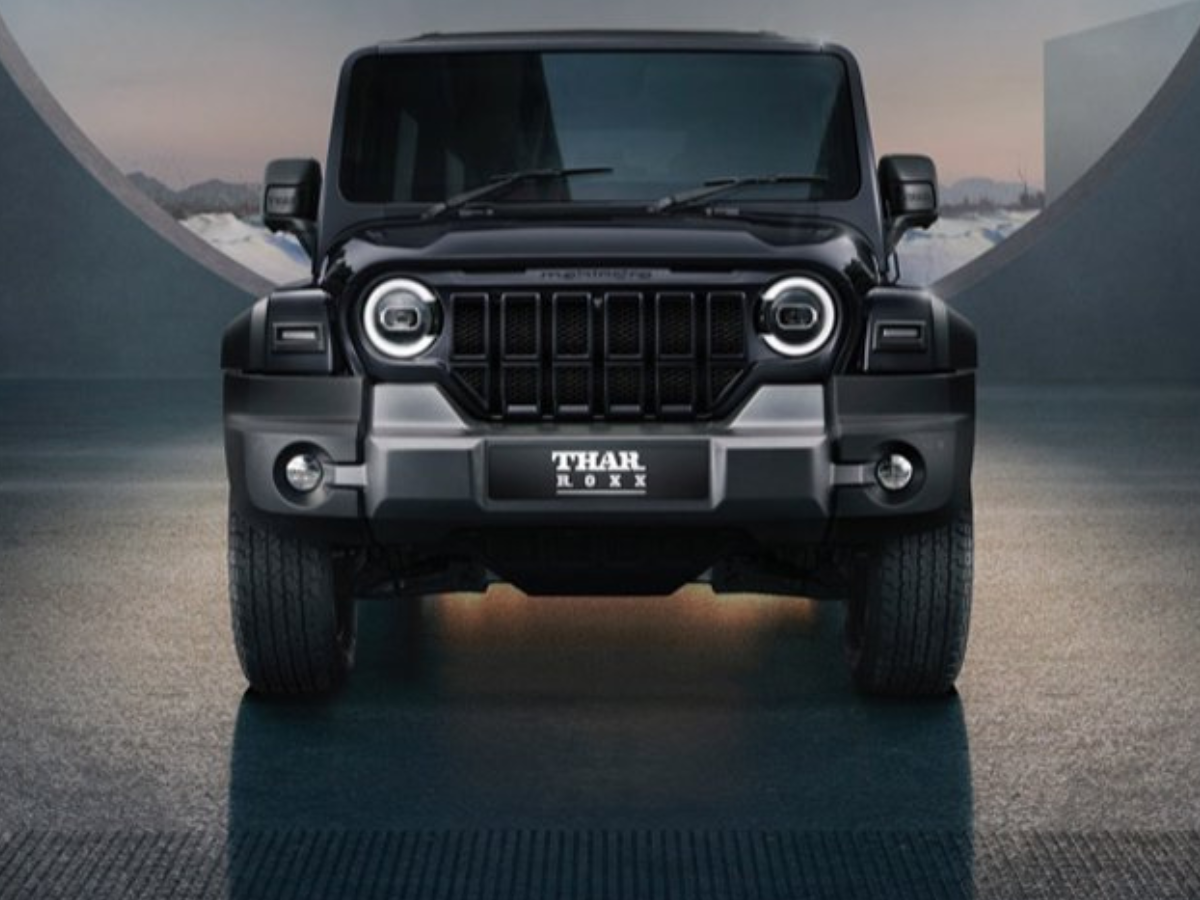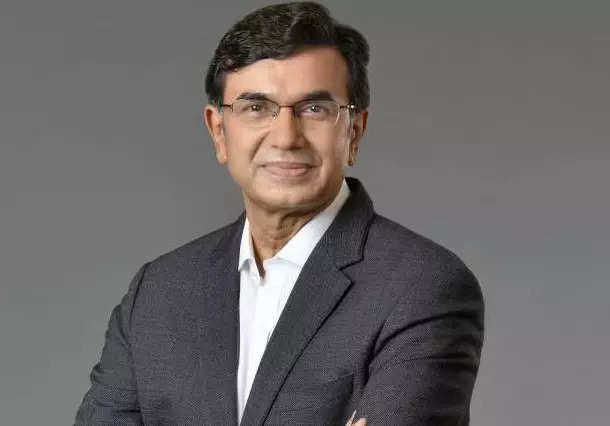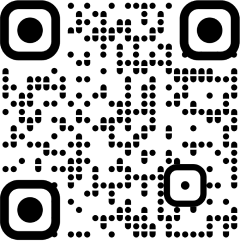
Kochi: Four years ago, SUV maker Mahindra & Mahindra launched a vehicle that influenced its standing in the market majorly. The current generation Thar, launched on 15th August 2020, took M&M’s leadership team by surprise as it far exceeded the internal projection of 30 to 40% growth over the previous edition’s monthly sales of around 500 units. It went on to touch a monthly sales figure of 6,000 units.
Riding on that success, and the continuing SUV wave, M&M expects the just launched Thar Roxx to help brand Thar go more mainstream and reach pole position of the SUV market of over INR 12.5 lakh in the next 3 to 5 years. M&M says it already has a 27% share in that segment, which contributes approximately 45% of the total industry volume.
M&M says its overall share in the SUV market stands at 19.1, and the revenue market share currently stands at 21.4%.
The Thar Roxx, launched on Wednesday, wearing an entry-level price of INR 12.99 lakh, is expected to boost brand Thar’s success. Based on a new platform, and developed over three years, the 5-door, 4.4 metre Thar Roxx aims to take the main brand right into the mainstream midsize market.
A Thar portfolio
While the Thar Roxx has the responsibility to garner more volumes, it may not be the only addition to the Thar brand franchise. “When I say it’s a thar portfolio, it means that it could be more”, says Rajesh Jejurikar, ED – Auto and Farm sector, Mahindra & Mahindra.
Given that the Thar is a three-door model, it had limitations in going full mainstream as most customers preferred a five-door vehicle.“Typically, that’s (Thar) not the only product. It’s either the second or third vehicle in the house. People can buy this (Thar Roxx) as the product that they drive, and that’s why we call it ‘The SUV’,” says Jejurikar..
For the Thar and the Thar Roxx, M&M has set up a combined monthly production capacity of 9,500 units, M&M has invested INR 1,000 crore for the development of the new model and setting up its production capacity. During 2023-24, the Thar sold 65,246 units, which translated to a monthly average of a little over 5,400 units.
Cannibalisation between the Thars

With an aggressive pricing strategy, the Thar Roxx can potentially garner significant volumes, but at least some of it could be at the cost of the existing Thar.M&M expects it could happen, but also hopes that some distinctions will keep it minimal. “The role of both Thar Roxx, and Thar in the portfolio is that the three-door Thar is going to be more with the four-wheel drive, and the 1.5 L (petrol engine). That’s how we are also distinguishing between the two products in the portfolio of the brand franchise,” says Veejay Nakra, President – Automotive Sector, Mahindra & Mahindra.
Pushing the technology envelope
With the new platform, M&M’s focus is also to further refine the ride and handling characteristics of a model with a body-on-frame architecture. SUVs with this architecture are more rugged, but have more body roll as compared to a car-like monocoque chassis which offers a more comfortable ride.
The team at Mahindra Research Valley (MRV) has filed for over 60 patents in the development of the Thar Roxx’s platform, which is named as MGlyde.The chassis frame mass at 179 kgs is lighter by 18% over the benchmarked vehicle’s, while the bending frequency is higher by 41%39.9 Hz. The torsional frequency, at 34.3 Hz, is a claimed 51% higher than the benchmark.

“Our way of capturing that (midsize SUV) market is this way that you have an emotional brand of Thar, and you bring the comfort of the C segment car and combine it together. That’s like the iPhone moment, where you have music system, the internet, and the phone (together),” says R Velusamy, President – Technology and Product Development, Automotive Sector, Mahindra & Mahindra.
The Thar Roxx also gets an electric locking differential, claimed as the first in India, Level 2 ADAS, and over 80 connected features.
With all these offerings, M&M aims to continue its volume momentum, and clock a growth percentage of “mid to high teens” during this year. “Everything that we are doing is focusing on making sure that we have volume momentum, because with that come better cost, better supplier involvement, motivated dealers, motivated team. So, you know, it’s an ecosystem. It gets charged up when you get volume momentum,” says Jejurikar.


















